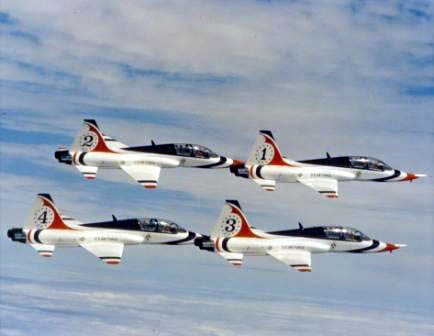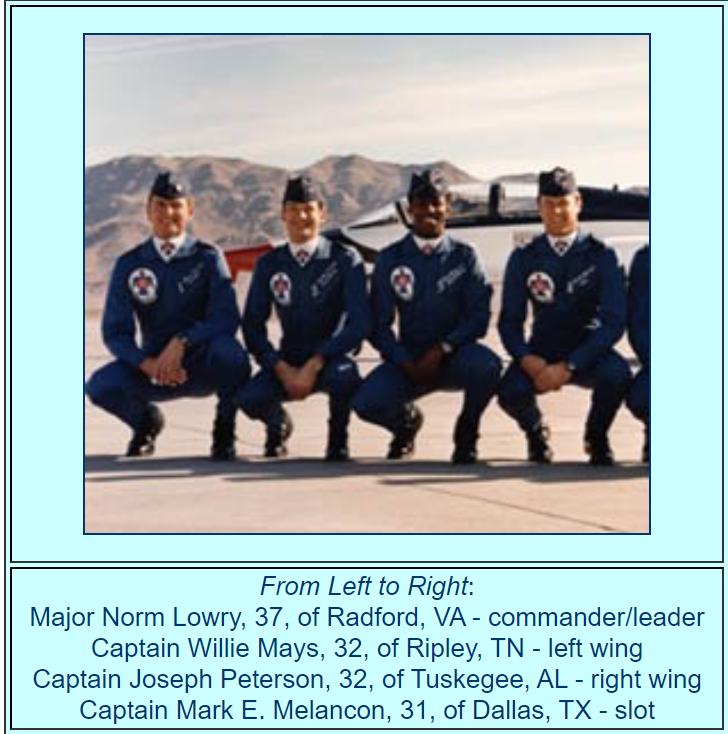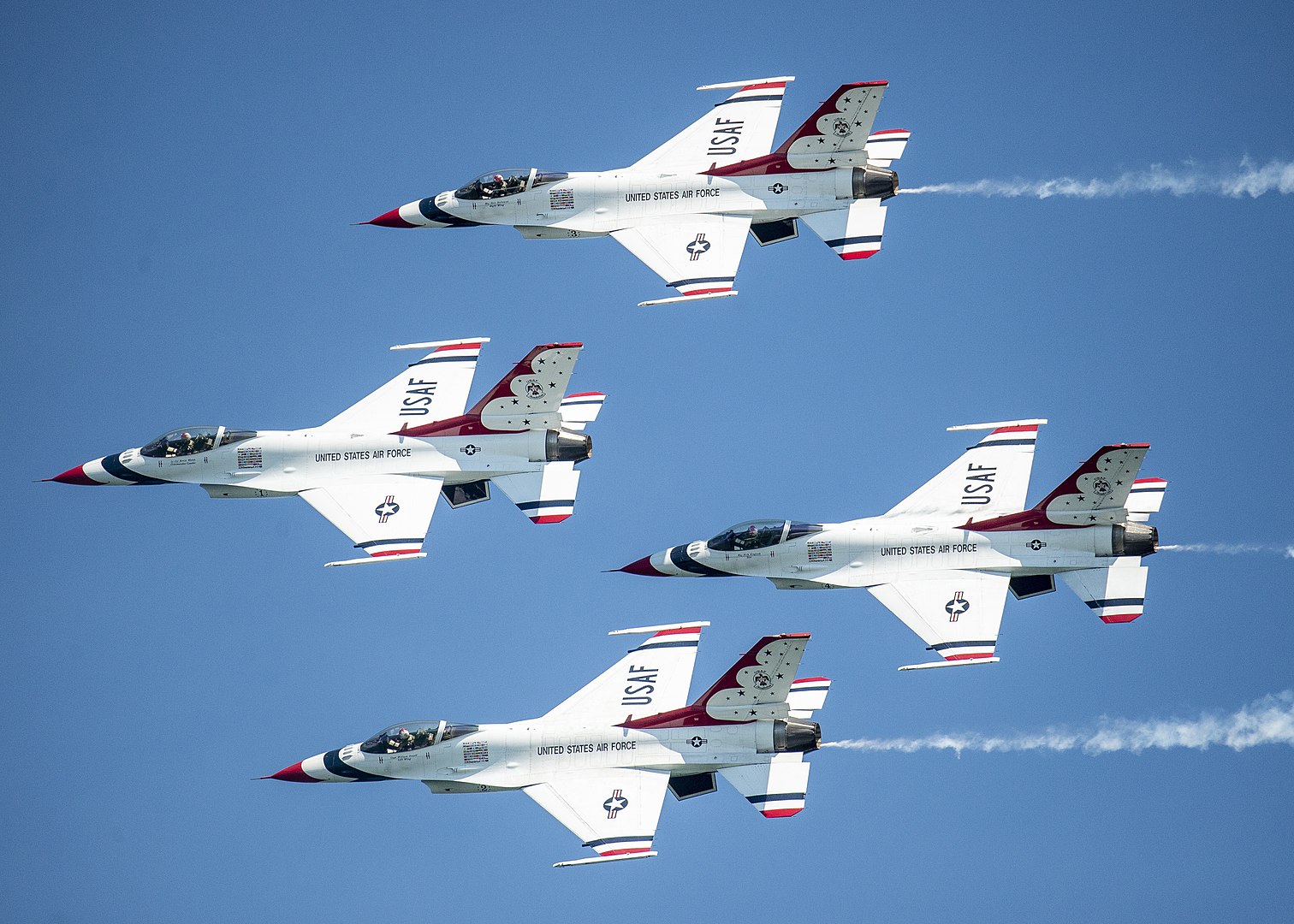1982 Thunderbirds Tragedy: The Day Four Pilots Were Lost in a Training Accident
The USAF Thunderbirds suffered their darkest day on January 18, 1982, when a training accident claimed the lives of four pilots. This tragedy not only reshaped the team’s safety protocols but also prompted the transition to the F-16 Fighting Falcon, a more reliable and advanced aircraft that remains their symbol of precision and excellence
On January 18, 1982, the USAF Thunderbirds faced a devastating tragedy when four of their pilots were killed in a training accident at Indian Springs Air Force Auxiliary Field, Nevada (now Creech Air Force Base).
The accident, which claimed the lives of an entire four-aircraft formation, marked the darkest day in the history of the Air Force's official aerobatic team. Forty-three years later, their sacrifice remains a poignant reminder of the risks faced by military aviators.
The Accident
The Thunderbirds were practicing a complex formation maneuver known as the line loop, where four aircraft fly side by side in a tight formation while executing a looping turn. During the maneuver, the lead aircraft, piloted by Major Norman L. Lowry III, experienced a mechanical failure: a jammed stabilizer that prevented it from pulling out of the loop at the correct altitude.

Trained to maintain formation at all costs, the other three pilots, flying just meters apart, followed the lead aircraft’s descent into the ground. The impact with the Nevada desert occurred almost simultaneously for all four aircraft, resulting in the deaths of:
• Major Norman L. Lowry III (Leader): 37 years old, from Radford, Virginia.
• Captain Willie Mays (Left Wing): 31 years old, from Ripley, Tennessee.
• Captain Joseph "Pete" Peterson (Right Wing): 32 years old, from Tuskegee, Alabama.
• Captain Mark E. Melancon (Slot Position): 31 years old, from Dallas, Texas.
The tragedy shocked the military aviation community and the nation. Known for their precision and discipline, the Thunderbirds symbolized excellence and teamwork. The sudden loss of four pilots during a single maneuver underscored the dangers inherent in their mission.
The Investigation
Following the tragedy, an extensive Air Force investigation determined that the accident was caused by a jammed stabilizer on Lowry’s lead aircraft. This critical failure left him unable to control his descent. The other three pilots, adhering to their rigorous training and formation protocols, mirrored their leader’s trajectory, leading to the crash.

The findings highlighted the dangers of formation flying and the vital importance of aircraft maintenance and reliability. They also emphasized the extraordinary skill and trust required among the Thunderbirds, who perform high-speed maneuvers with minimal separation.
The Impact
The accident grounded the Thunderbirds as the team honored their fallen comrades and reevaluated safety procedures. The tragedy not only left an indelible mark on the team but also drove significant changes in the training approach and the equipment used by aerobatic demonstration teams.
In 1983, the Thunderbirds transitioned from the Northrop T-38 Talon, a supersonic jet trainer used since 1974, to the General Dynamics F-16 Fighting Falcon, a more advanced aircraft.

The F-16 offered better performance, greater reliability, and more robust safety systems, making it better suited for the high-risk maneuvers performed by the team. Since then, the F-16 has become the emblem of the Thunderbirds and remains their primary aircraft.

/https://aviacionlinecdn.eleco.com.ar/media/2025/01/thunderbirds_3.png)
Para comentar, debés estar registradoPor favor, iniciá sesión